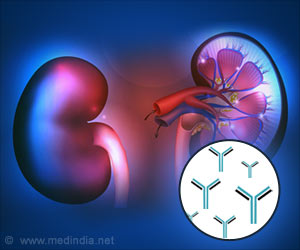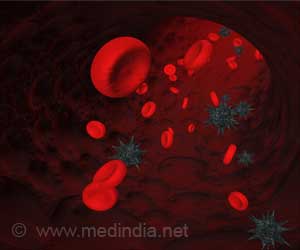Researchers say that enzyme urokinase provides a better option as a treatment for empyema in children since it is 25 percent less costlier than another treatment video-assisted thoracoscopic surgery.
Researchers say that enzyme urokinase provides a better option as a treatment for empyema in children since it is 25 percent less costlier than another treatment video-assisted thoracoscopic surgery. The researchers say both methods are equally effective.
The study results appear in the second issue for July 2006 of the American Journal of Respiratory and Critical Care Medicine, published by the American Thoracic Society.Samatha Sonnappa, M.D., of the Portex Respiratory Unit at the Institute of Child Health in London, and seven associates studied 60 children with empyema, which involves pus from pneumonia infecting the pleural membrane lining the lung walls. Thirty children were treated with chest drainage using intrapleural urokinase, and 30 underwent video-assisted thorascopic surgery for the problem. The average age of the patients was 3-1/2.
The pleura is a very thin, transparent membrane that covers the lungs and lines the inside of the chest wall. Empyema occurs when pus from pneumonia or a lung abscess spreads into the pleural space. About 0.6 percent of childhood pneumonia progresses to empyema.
The aim of treatment in empyema is to sterilize the pleural cavity, reduce fever and ensure the full expansion of the lung so it can return to normal function, said Dr. Sonnappa. Our study is the first randomized prospective trial to compare chest drain against primary video-assisted thorascopic surgery for the treatment of empyema in children.
No significant clinical differences were found between each treatment group in terms of length of hospital stay after intervention, failure rate of the procedure or radiologic outcome at 6 months after the procedure.
An important observation is that video-assisted thorascopic surgery is $2,250 or 25 percent more expensive than intrapleural urokinase at our center without including start-up costs for the provision of surgery, said Dr. Sonnappa. Also, a major limitation of the surgical procedure is that it is highly dependent on the skill of the operator. Poor results in some centers have been reported, and surgical expertise to perform pediatric video-assisted thorascopic surgery is limited to a few major centers in the United Kingdom.
Advertisement
In an editorial on the research in the same issue of the journal, Julian L. Allen, M.D., and Peter Mattei M.D., of the Children's Hospital of Philadelphia and the University of Pennsylvania School of Medicine, wrote: The authors are to be congratulated in designing and carrying out this careful study. One would certainly say that, on a cost basis, urokinase is the better choice if the therapies are equivalent in every other way. However, their recommendations that urokinase is the treatment of choice depends on the clinical equipoise (equilibrium) that their study demonstrated.
A second concern is that the length of stay after intervention, total length of stay and failure rates are surrogate outcomes, subjectively determined by the attending physician, who is not blinded to the treatment arm. Other important outcomes include the following: the amount of pain associated with the intervention and long-term physiologic outcomes such as pulmonary function and exercise tolerance. These variables are certainly more important than a $2,000 difference in cost.
The above notwithstanding, the study by Drs. Sonnappa and colleagues is clearly a helpful step in the direction of providing needed insight into the management of pleural infection in children.
Source: Eurekalert






